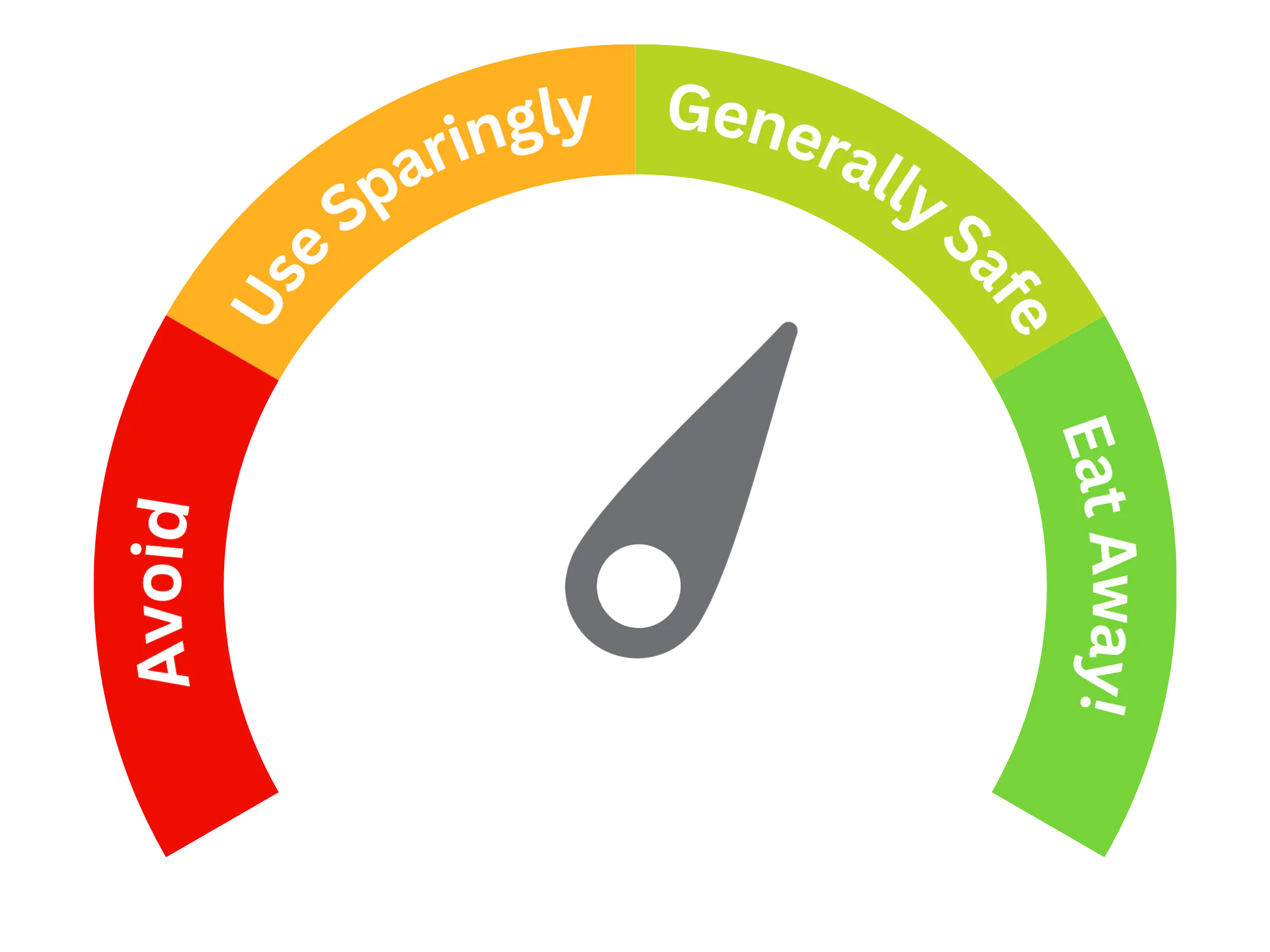Ethyl Cellulose (E462)
| Type of additive (Glossary) | Emulsifiers Stabilizers Thickeners |
| E Number | E462 |
| Also Known As | Ethylated cellulose Ethylcellulose |

Purpose and Function
Ethyl cellulose is a non-ionic cellulose ether used in food applications for its functional properties:
- Thickening Agent: Ethyl cellulose effectively thickens a variety of food products, including sauces, soups, and dressings, enhancing texture and providing a smooth mouthfeel.
- Stabilizer: It stabilizes emulsions in products like dairy items and salad dressings, preventing separation and ensuring consistent product quality.
- Coating Agent: It can be used as a coating agent, providing a barrier for moisture and oxygen, thus enhancing shelf life.
- Dietary Fiber Source: It may contribute to dietary fiber intake, promoting digestive health and enhancing feelings of fullness.
Potential Risks and Side Effects
Ethyl cellulose is generally regarded as safe for consumption. However, some considerations include:
- Gastrointestinal Issues: Excessive intake may lead to gastrointestinal discomfort, including bloating or gas, particularly for those unaccustomed to high-fiber diets.
- Allergic Reactions: Rarely, individuals may experience allergic reactions to ethyl cellulose, particularly those sensitive to cellulose derivatives.
- Contaminants: Sourcing from reputable suppliers is essential to minimize the risk of contaminants in food formulations.
